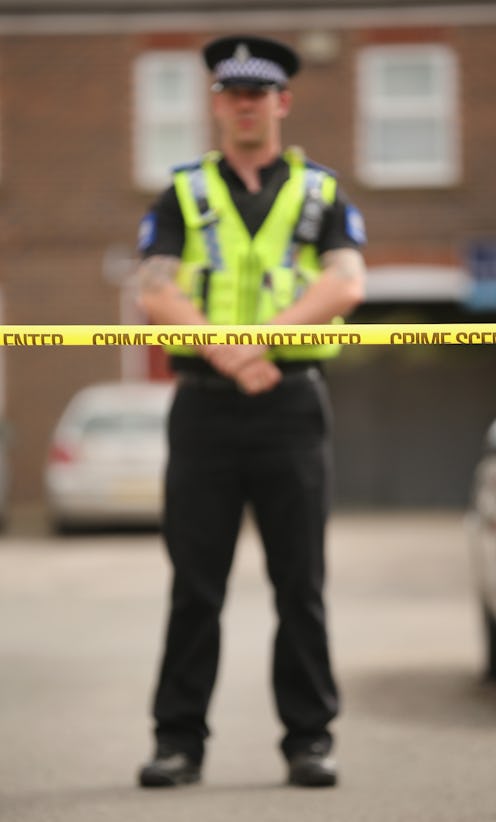News
Minnesota's Overwhelming Homogeneity Is A Problem
The death of Philando Castile, a 37-year-old black Minnesotan who was shot by police Wednesday evening, provides a clear window into the racial injustice that often runs rampant within law enforcement. Details of the event are developing, but a Facebook Live video filmed by Castile's girlfriend depicts an all-too-familiar tale of a black American unjustly shot and killed by police. The racial demographics of Minnesota lend themselves to this, as black residents of the state represent a fraction of the total population.
According to the 2010 census of the North Star State, black people make up just over 8 percent of the total population. White residents, conversely, account for nearly 79 percent. The report shows a 2-percent increase of black residents over five years, but Minnesota is still overwhelmingly white. Does this represent a problem? According to a report from The Washington Post, these statistics reflect a larger issue of racial disparity. Minnesota has one of the largest achievement gaps between white and black students, and within Minneapolis specifically, roughly 62 percent of black students attend high-poverty schools. Minnesota has likewise been ranked as the worst state for financial inequality, according to a 2015 WalletHub study which looked at factors of household income, home-ownership, and educational attainment between white and black Minnesotans.
These same numbers — and likely, a similar racial disparity — seemed to have made their way into Minneapolis' police force. The Star Tribune reports a rising concern over the large number of white officers. Nearly 79 percent of officers are white (the same portion as the state's overall population), while only 9.2 percent are black. Despite a known need to up the diversity in their law enforcement, city officials acknowledged that at least 71 percent of new hires are likely to be white. Falcon Heights, the suburb of St. Paul where the Castile murder took place, is just some five miles outside of Minneapolis, and therefore within the Minneapolis St. Anthony Police Department jurisdiction.
While the identity of the officer involved in the Castile shooting as not been released yet, it appears as though they served on a force that has a known problem with diversifying its officers. Likewise, the racial breakdown of the state perhaps only exacerbates this problem.
